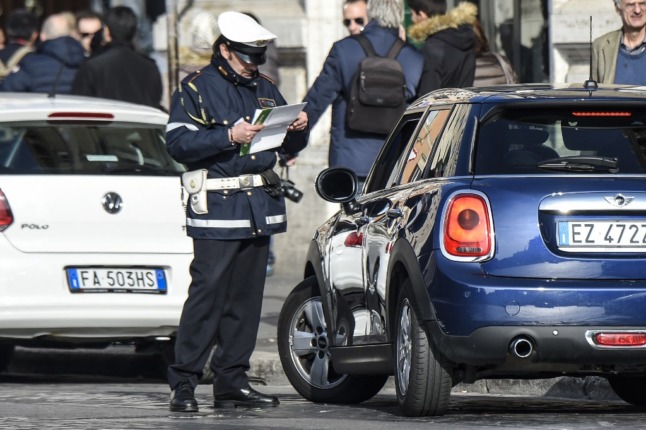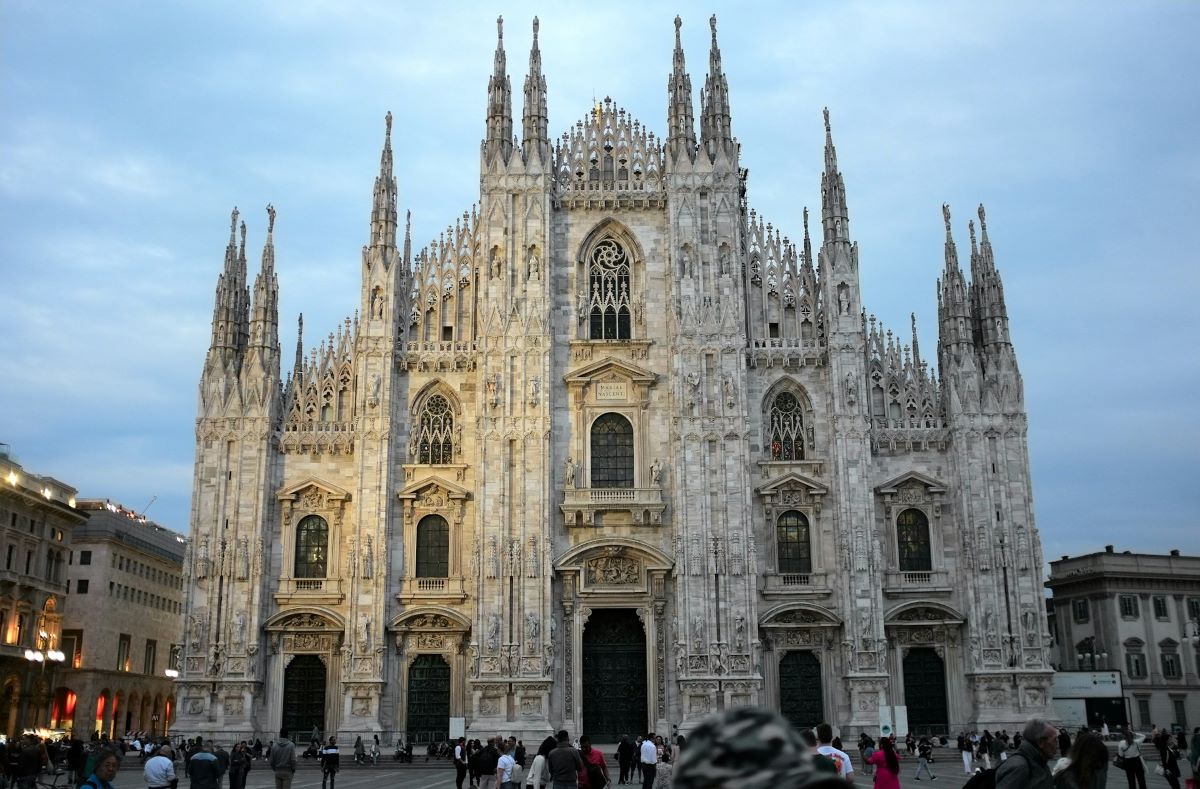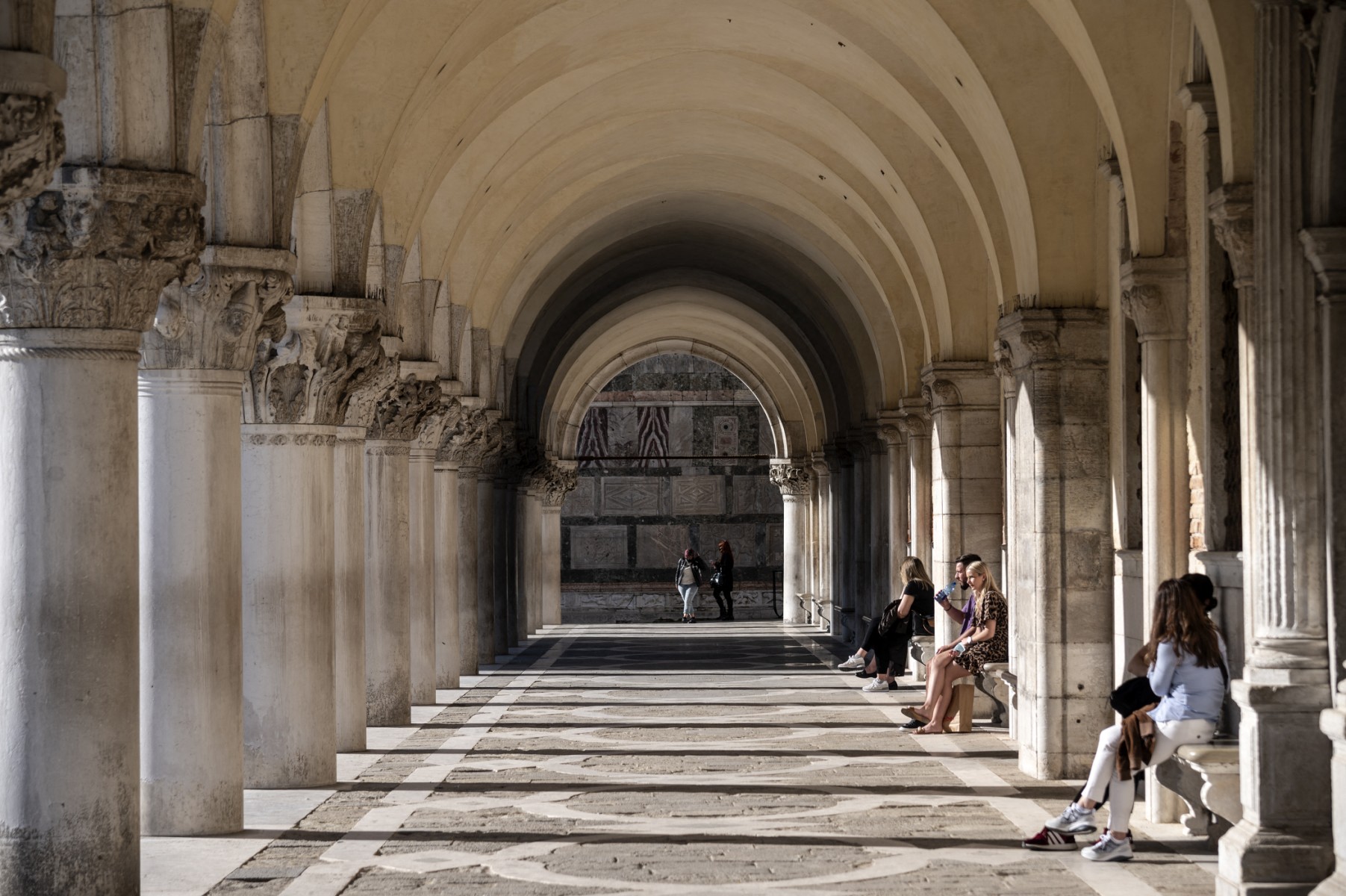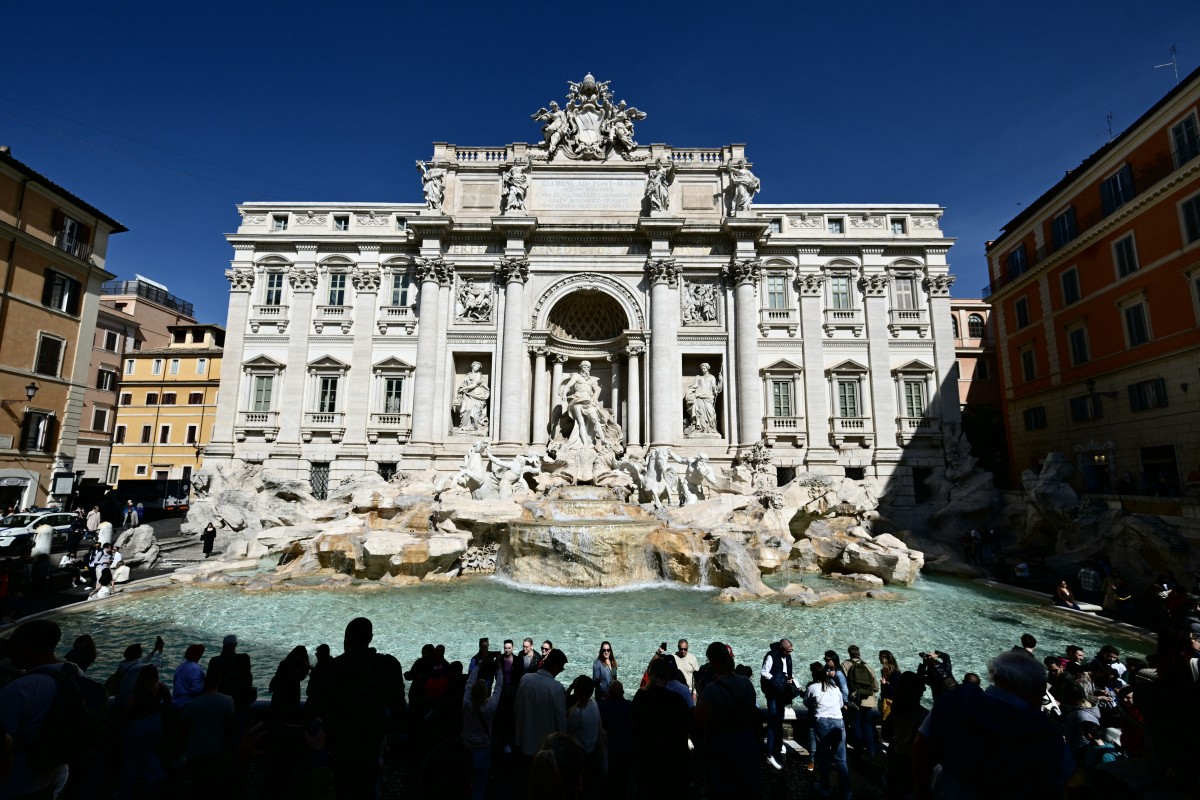Your last visit to Italy may now be a distant memory, but you’ve just received a reminder in the form of a fine in the mail for a traffic violation – probably one you didn’t even know you’d committed.
It’s an unfortunately common experience. Speed cameras, restricted traffic zones and parking in the wrong areas can all land you with a hefty fine while driving on Italy’s roads, and it’s easy to fall foul of the rules even if you’re familiar with them.
If a ticket has landed on your doormat, or you’ve been notified of one by your car hire company, the question now is what to do and how to pay. If you’re outside of Italy it’s not always clear how the payment process works.
To make it as painless as possible, here’s our guide to paying Italian traffic fines from outside of Italy – plus what to do if you want to contest the fine, and what happens if you simply don’t pay.
What happens if I get a fine?
Any infringements you committed on Italy’s roads may take a while to sting. If you live abroad, it’s usually several months at least before you’ll receive a fine – and could be more than 500 days under Italian law.
If you were driving a hire car, the rental company will get a notification first, because the police have 90 days to issue a fine to the vehicle’s registered address in Italy.
If you see a charge from the rental company on your credit card, it’s not because they’ve paid the ticket for you and are passing on the cost – it’ll be an admistrative fee for handling your ticket. These fees can be up to 90 euros, meaning they may cost more than the fine itself.
READ ALSO: How visitors to Italy can avoid driving penalties
The rental company has 60 days to send police the driver’s data, including your home address. At which point the company will probably also notify you, charge you, and/or forward the ticket to you.
This doesn’t mean you need to pay the fine immediately, however – and in fact you may be unable to if you’re abroad.
How do you pay the fine from outside of Italy?
The ticket the Italian rental company receives will be written in Italian, with instructions for making a payment in Italy – meaning you’ll need an Italian tax code and bank account to make the payment. Or there may not be an option to pay online at all – the exact payment process varies depending on the Italian municipality issuing the fine.
Obviously if you live outside of Italy you’re unlikely to have an Italian tax code or bank account, which leaves some worried drivers wondering if they’ll have to ask an Italian friend to pay the fine on their behalf. But there’s no need.
If you’re outside of Italy, you should wait for the police to send another ticket directly to you – and this could take a while. Police have 360 days to send it once they receive your home address from the rental company.
Police in Rome and Turin contacted by The Local confirmed that tickets sent abroad would be written in English, and would include an IBAN number for payment via bank transfer.
READ ALSO: Driving in Italy: What is a Telepass and how do you use it?
Police said this ticket would be sent out by registered post, meaning it must be signed for. The payment deadline and timeframes for discounted payment kick in from the date you receive the letter and sign for it.
You have 60 days from the date of receiving the notification to pay your ticket. However, the amount depends on the payment date. The longer you wait, the more you have to pay.
The following timeframes apply according to Article 202 of Italy’s Highway Code (Codice della Strada):
- If you pay within five days of receiving the notification, you will get a 30 percent discount for early payment. You will find the exact amount on your ticket.
- If you pay within 60 days, you can still benefit from a smaller price reduction.
- After 60 days, you’ll be liable to pay the full amount.
- If you still haven’t paid after six months, late payment fees of ten percent are added.
Before sending the payment, check to make sure the IBAN number corresponds to an Italian municipality.
When sending your bank transfer, write the licence plate of the vehicle, the date of infraction, and ticket number in the reference. And make sure you obtain a payment receipt for your records.
If your bank charges fees for international transfers, you may want to make the payment using a service such as Wise (formerly Transferwise).

The payment is considered complete when the funds arrive in the municipality’s bank account, rather than from the date on which you send it, according to the Interior Ministry. So you’ll need to consider the fact that it can take anything from two to five working days for an international transfer to arrive.
When fines are paid online by international bank transfer, the five-day payment window is extended by two days. So you’re still eligible for the 30 percent discount if the payment arrives within seven days of you receiving the ticket. The 60-day time limit for payment is also extended to 62 days.
Can you contest the fine?
Yes, you can appeal if you think you have good grounds to do so. But consider first whether it’s worth the (significant amount of) hassle that comes with doing this in Italy.
Paying the fine immediately with a 30 percent reduction is the least expensive and by far the least stressful way to deal with it. If you appeal, you forgo this discount and risk the fine increasing in the meantime.
But if your fine is especially high, or is truly invalid (and you can prove it), you may feel the dispute is worth the tangle with Italian bureaucracy.
Valid reasons to contest a fine include errors on the ticket regarding the day, time, place and location of the offence, or if the vehicle type or number plate are incorrect.
If you don’t speak Italian well, you’re very likely to need the assistance of a local friend or legal professional. Find out more about the process of appealing a fine in a separate article here.
What happens if you don’t pay?
You could be tempted to just ignore the Italian fine since you’re back in your home country, perhaps on the other side of the world.
But while Italy may have a reputation for being chaotic and disorganised, the reality is that authorities are generally pretty hot on issuing and collecting fines.
The ticket won’t go anywhere – it will just continue to accrue interest and the payable amount will rise.
The municipality can enlist a debt collection agency and at that point you’ll no longer be able to contest the ticket. And unpaid tickets may also cause problems when hiring a car in Italy on future trips.
Getting a ticket is never a pleasant experience, but paying it online as quickly as you can is the least expensive and stressful option in the long run.
Please note The Local is unable to advise on individual cases. See Italy’s Highway Code here and visit our travel section for the latest updates.






 Please whitelist us to continue reading.
Please whitelist us to continue reading.
What difference does it make if the car is GB registered?
And what difference does it make if it is a speeding fine?